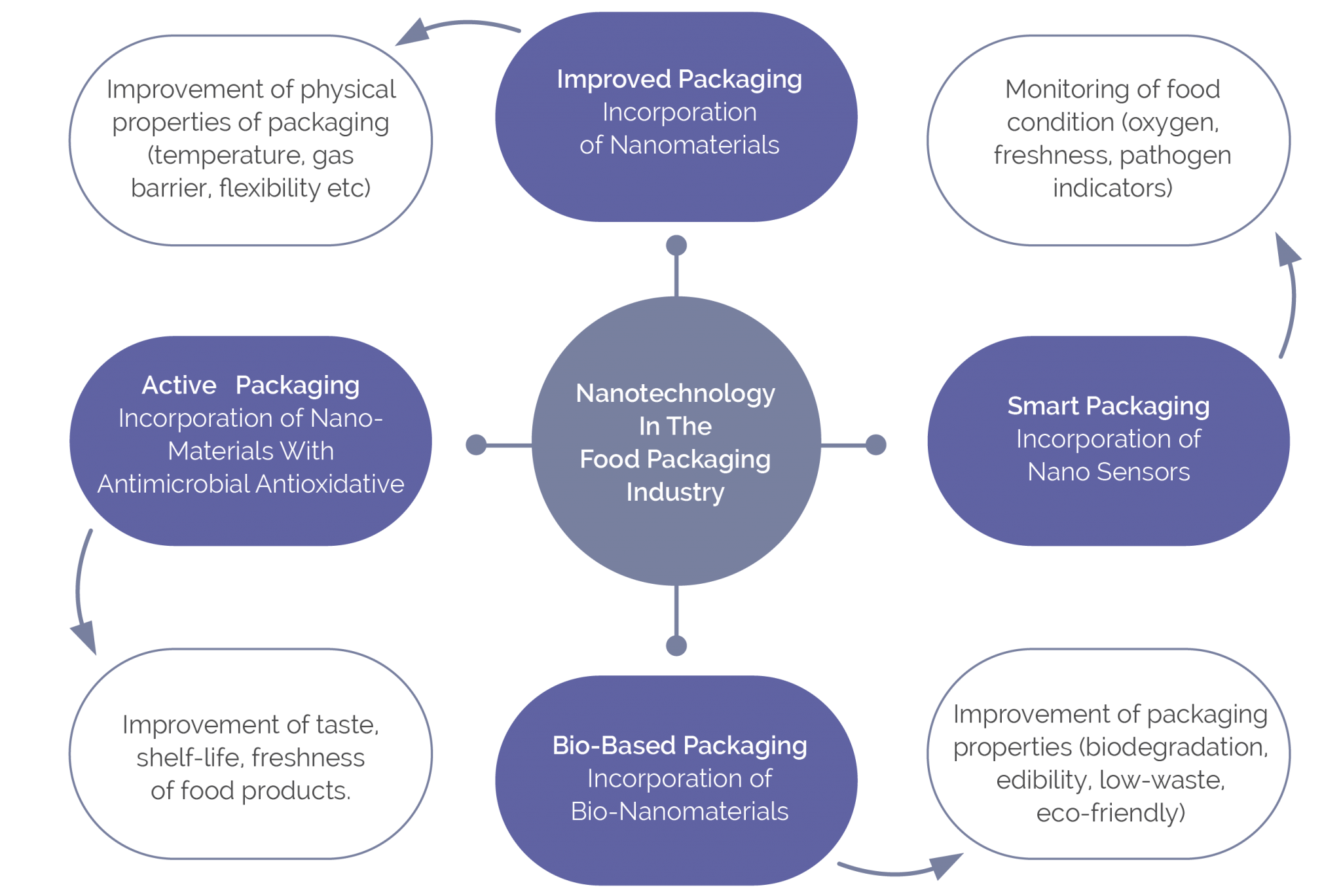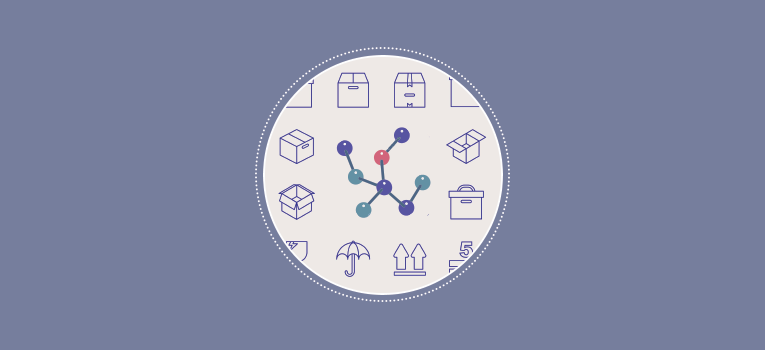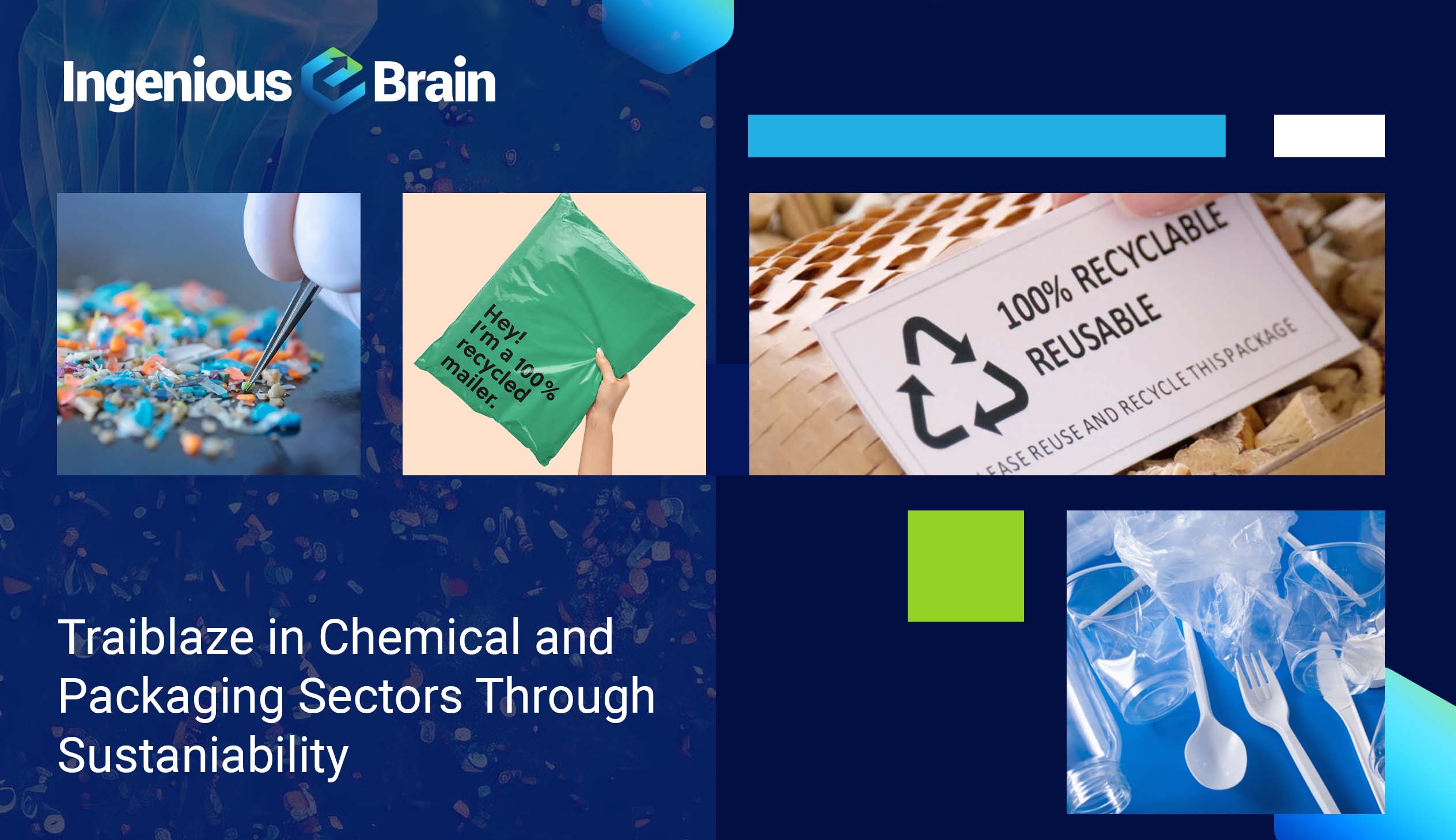Nanotechnology is a significant packaging industry trend that enables innovative packaging. This new trend has become the most fetching technology in the packaging sector, especially in the food packaging industry. North America has the largest share in nanotechnology for food packaging sold in value because of high awareness and product availability, stated Business Wire, a global leader in the press release. Cellulo Tech is one of the nanotechnology start-ups that focuses on replacing plastic coatings for different types of packaging with a renewable mono-material. Nanotechnology will raise the bar of performance of the packaging market in the coming years if industries focus on this with a planned approach.
Nanotechnology is the science of very small materials and deals with nanoparticles and nanosystems smaller than 100 nanometres. Various nanomaterials, such as silver nanoparticles, nano zinc oxide, and nano clay, are introduced as functional additives to food packaging.
Applications of Nanotechnology in the Food Packaging Industry:
Various nanosensors are used to trace the external or internal conditions of food products. Nanosensors can detect gases in food when it spoils, and as a result, packaging changes the color to alert the consumer. The film packed with silicate nanoparticles can reduce oxygen flow into the package and moisture leaks to keep the food fresh. The current technology can check the microbial pathogens in food products in 2 to 7 days.
- Improving barrier properties: Nanoparticles are blended with a polymer chain to refine the gas barrier properties, temperature, humidity, and resistance of packaging.
- Enhancing taste, freshness, and shelf-life of food: The utilization of nanomaterials is helpful to interact directly with food or the environment for better protection of the product. It releases preservatives to improve the shelf-life of food products.
- Use of Smart functions: The refinement of food packaging with intelligent functions can be performed using nanoparticles to monitor chemical biochemical, or even microbial development inside the food and or the environment surrounding the product. It helps in alerting the consumers about the safety of the product.
- Use of Biomaterials: Biomaterials protect food and the surrounding environment. It avoids the deterioration of food quality, decontamination with microorganisms, and changes.
- It also addresses long-standing challenges in the food sector to reduce waste, assess safety, and improve food quality.

Limitations of Nanotechnology in the Food Packaging Industry:
The critical aspect of food safety is that it must not harm the user while consuming because nanoparticles are in food packaging. There are high risks of nanoparticles entering the human body by ingestion of food. Various studies have provided the fact that there is a toxic effect of nanoparticles used in food packaging. CNTs, used in food packing, harm human lungs and skin.
Ordinary people use these products without prior information about the addition of the nanoparticles, leading to legislative and ethical problems. These days, appropriate labeling is a must-step to make the public aware of what they eat.
Conclusion
The emerging research in nanotechnology helps in gaining improved barrier, physical, and chemical properties, resulting in enhanced shelf life, storage, and fortified food free from pathogens. In the following years, nanomaterials with protective characteristics will be used in hygienic and antibacterial packaging, particularly for medical, pharmaceutical, and food products. Researchers admitted that nano foods would be available to consumers globally in the following years.
Whatever the present context may be, in the future, nanotechnology and food packaging will go hand in hand for the virtue of the customer and the industry.



